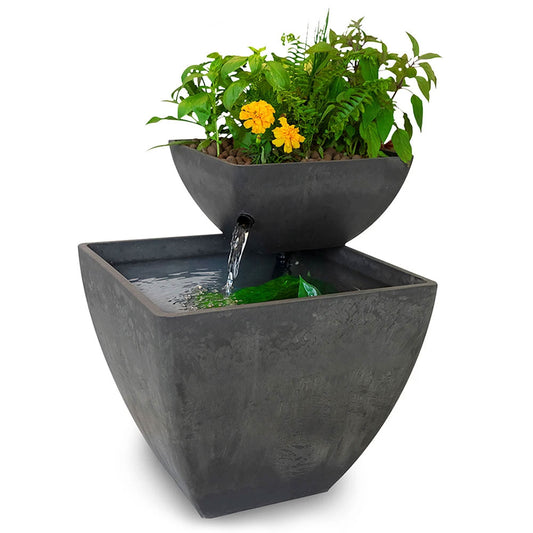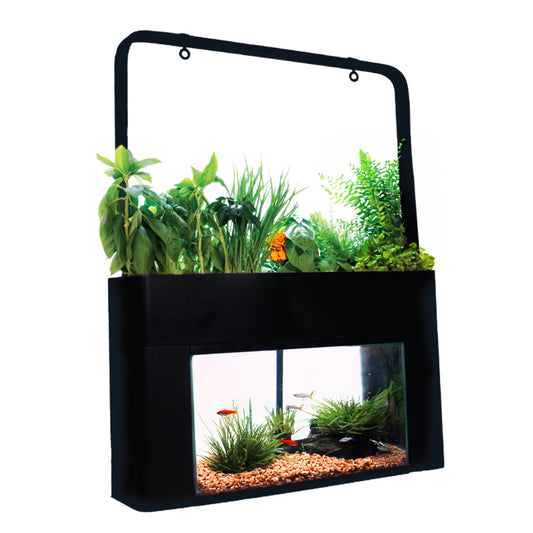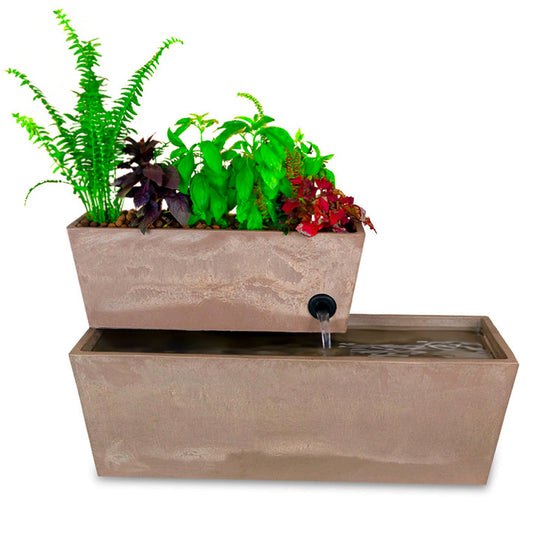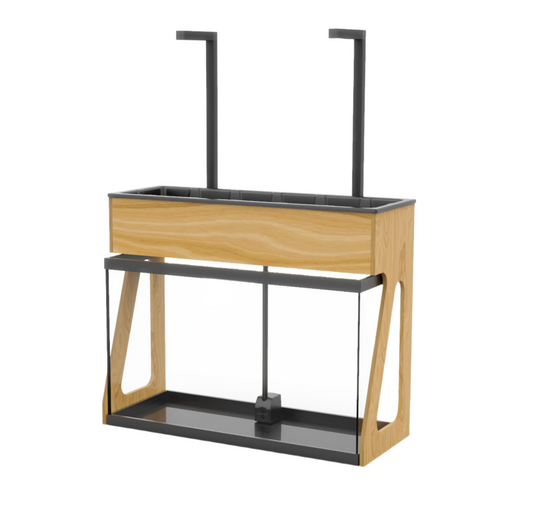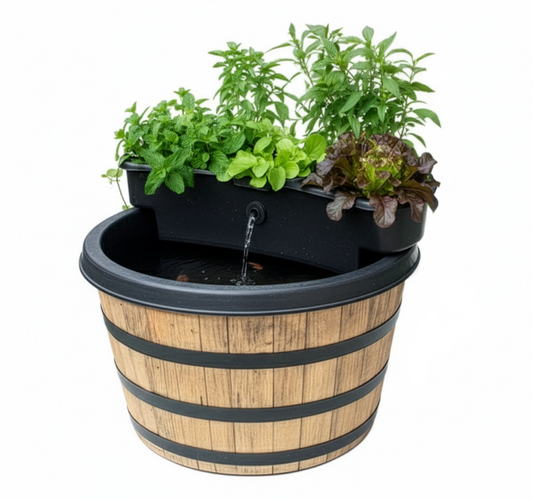The Possibilities of an Aquaponics Farm on the Moon
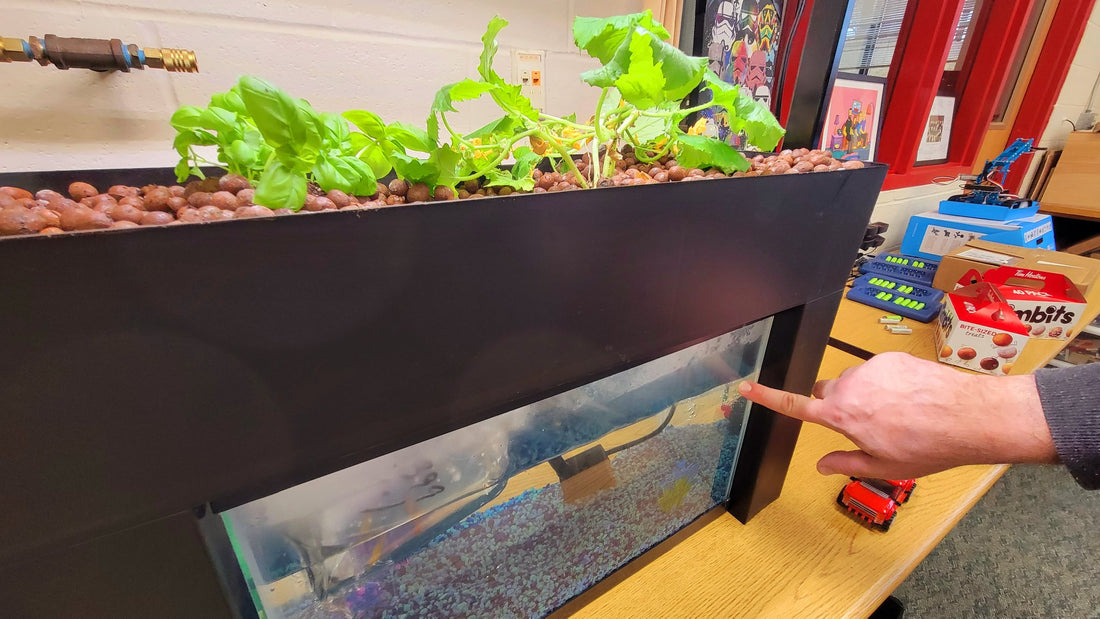
With the recent advancements in space exploration and the goal of establishing a sustainable human presence on the moon, it's exciting to consider the possibilities of what can be achieved. One of the most interesting possibilities is the creation of an aquaponics garden on the moon.
Aquaponics is a sustainable agricultural system that combines traditional aquaculture (fish farming) with hydroponics (soil-free plant cultivation). The waste produced by the fish provides nutrients for the plants, and the plants clean the water for the fish, creating a closed-loop ecosystem.
Why Aquaponics on the Moon?
The moon presents unique challenges when it comes to growing crops, including a lack of atmosphere, extreme temperature fluctuations, and a harsh radiation environment. However, the closed-loop nature of aquaponics systems makes them ideal for use in these harsh conditions. Not only does an aquaponics garden on the moon provide a sustainable food source for astronauts, but it also offers the potential for scientific discovery. By studying how plants and fish grow and interact in the harsh lunar environment, we can gain new insights into the potential for agriculture on other planets and moons.
The Challenges of an Aquaponics Farm on the Moon
- There are several challenges that must be overcome to establish an aquaponics garden on the moon. The most significant of these include:
- Energy: Maintaining a stable temperature for the plants and fish requires a significant amount of energy. This energy must be provided by solar panels, batteries, or a combination of both.
- Water: Water is a precious resource on the moon and must be conserved as much as possible. This can be achieved through the closed-loop nature of aquaponics systems, which reuse water instead of losing it to evaporation.
- Lighting: Plants require light to grow, and the moon's lack of atmosphere means that the plants must be provided with artificial light.
- Protection from Radiation: The harsh radiation environment on the moon can be damaging to both plants and fish. To mitigate this, the aquaponics garden must be housed in a radiation-proof structure.
Potential Applications of an Aquaponics Garden on the Moon
In addition to providing a sustainable food source for astronauts, the development of an aquaponics garden on the moon has the potential to have a far-reaching impact in several other areas.
- Life Support Systems: The development of an aquaponics garden on the moon could lead to the development of more advanced life support systems for long-duration space missions. These systems could support a wide range of life forms, including plants, fish, and even small mammals.
- Sustainable Agriculture: The lessons learned from the development of an aquaponics garden on the moon could be applied to developing sustainable agriculture on Earth, helping to address the growing food security challenge facing our planet.
- Space Colonization: The ability to grow food on the moon could be a critical step towards establishing a self-sustaining human settlement on the moon, and other celestial bodies in the future.
- Research Opportunities: An aquaponics garden on the moon would provide a unique opportunity for scientific research, including the study of plant growth in a low-gravity environment, the impact of radiation on living organisms, and the interactions between plants, fish, and other life forms in a closed-loop ecosystem.
- Technological Advancements: The development of an aquaponics garden on the moon would require significant technological advancements, including the development of efficient lighting systems, water recycling systems, and radiation protection systems. These advancements could have applications beyond space, and be used to improve life on Earth.
The creation of an aquaponics farm on the moon represents a significant step towards establishing a sustainable human presence in space. By overcoming the challenges presented by the harsh lunar environment, we can not only provide a sustainable food source for astronauts, but also gain new insights into the potential for agriculture on other planets and moons. From providing a sustainable food source for astronauts to advancing our understanding of sustainable agriculture, the development of an aquaponics garden on the moon holds tremendous potential.

